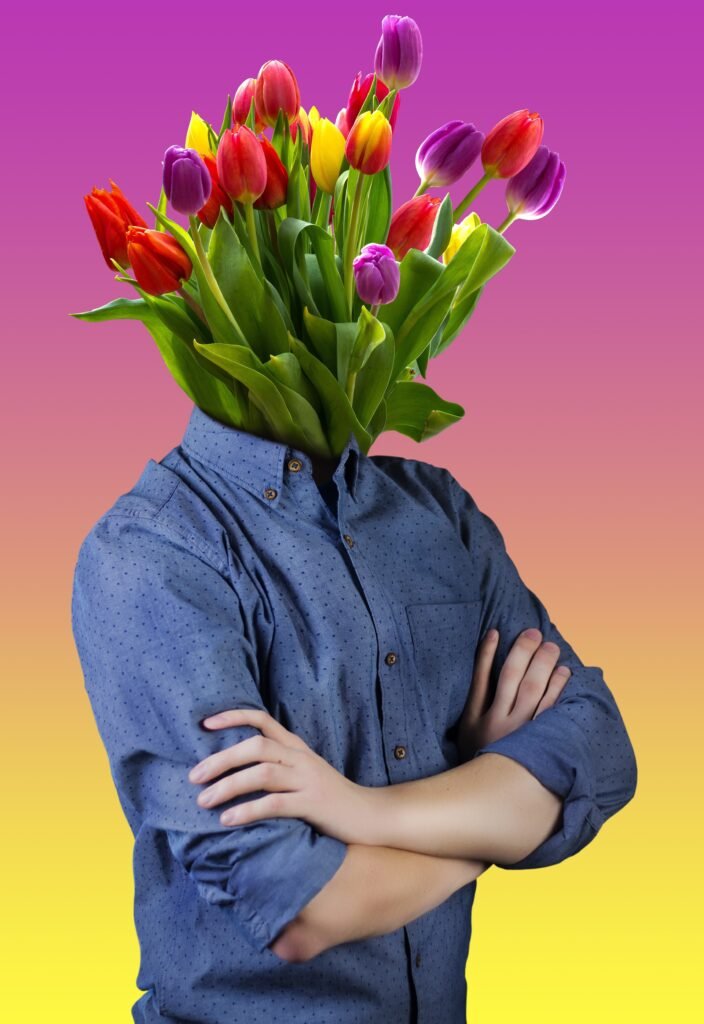Holi: A Comprehensive Guide to Celebrate the Festival of Colors
Holi, also known as the “festival of colors,” is one of the most significant festivals in India. It is celebrated with great enthusiasm and excitement every year during the spring season. The festival signifies the triumph of good over evil and is a symbol of love, joy, and unity. In this article, we will delve into the history, significance, traditions, and ways to celebrate Holi in an SEO-optimized, human-written, and comprehensive guide.
Table of Contents
- Introduction to Holi
- Historical significance of Holi
- Legends associated with Holi
- Preparations for Holi
- Rituals and traditions of Holi
- The significance of colors in Holi
- Holi delicacies and recipes
- Holi celebrations across India
- Eco-friendly and safe ways to celebrate Holi
- The impact of Holi on tourism
- Holi as a festival of unity
- Holi and its global appeal
- Holi during the pandemic
- Frequently asked questions
- Conclusion
Introduction to Holi
Holi is a Hindu festival celebrated in India, Nepal, and other parts of the world. It is also known as the “festival of colors” or the “festival of love” and marks the arrival of spring. The festival usually falls in February or March every year, depending on the lunar calendar.
Historical significance of Holi
The history of Holi dates back to ancient Hindu mythology. The festival is associated with the legend of Holika and Prahlad, where Prahlad, a devout follower of Lord Vishnu, was saved by the lord from the evil plans of his father, Hiranyakashipu, and his aunt, Holika. The story symbolizes the victory of good over evil.
Legends associated with Holi
Apart from the legend of Prahlad and Holika, Holi is also associated with other legends such as the love story of Radha and Krishna, the legend of Lord Shiva and Kamadeva, and the legend of Lord Kama and Lord Rama. These stories add to the richness and diversity of the festival.
Preparations for Holi
The preparations for Holi start weeks in advance. People clean their homes, buy new clothes, and stock up on sweets and snacks. They also make arrangements for the Holika Dahan, which is a ritual where a bonfire is lit to symbolize the victory of good over evil.
Rituals and traditions of Holi
The main ritual of Holi is the playing with colors. People throw colored powder and water at each other, sing and dance to traditional Holi songs, and enjoy traditional delicacies like gujiya, mathri, and thandai. Another significant tradition is the breaking of the pot (dahi handi) which symbolizes the playfulness and mischievousness of Lord Krishna.
The significance of colors in Holi
Colors play a significant role in Holi celebrations. The festival signifies the triumph of good over evil and the colors represent the diverse hues of life. It is a time to forget differences and come together to celebrate unity, love, and happiness.
Holi delicacies and recipes
Holi is a time to indulge in traditional delicacies like gujiya, mathri, dahi bhalla, and thandai. These delicacies have a unique taste and are an essential part of Holi celebrations.


Holi celebrations across India
Holi is celebrated with great fervor and enthusiasm across India. Every region has its unique way of celebrating the festival. In North India,
Tags: Holi celebration ideas for families, Unique ways to celebrate Holi, Holi celebration with friends, Holi celebration decorations, Holi celebration food recipes, Traditional Holi celebration rituals, Holi celebration games for kids, Holi celebration songs and dance, Holi celebration outfits and fashion, Eco-friendly Holi celebration tips,
Keywords:

